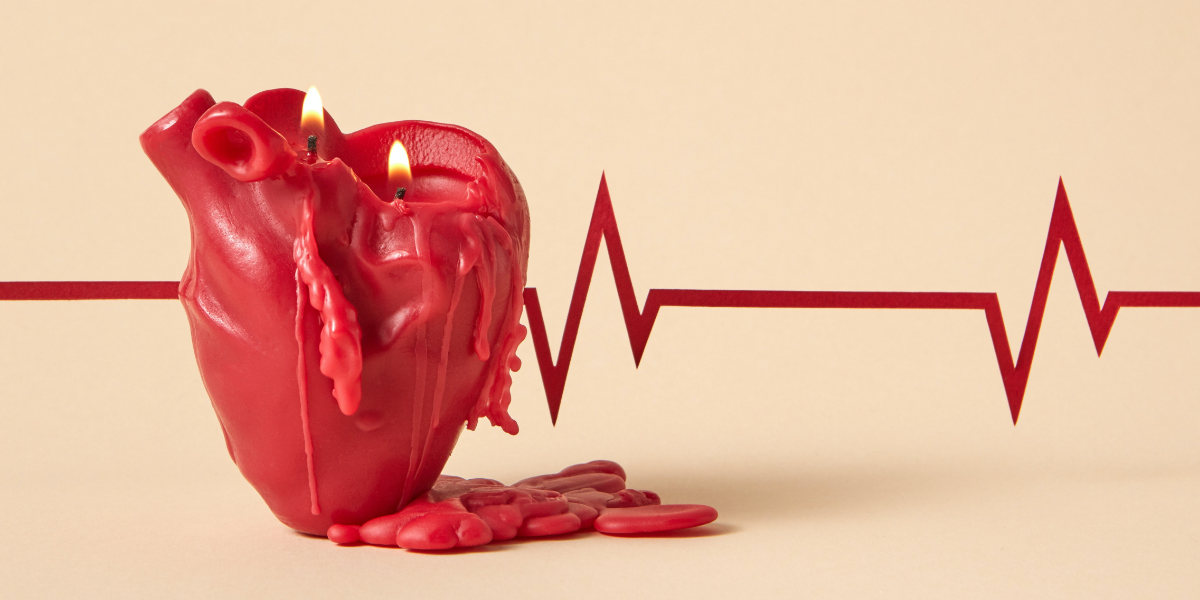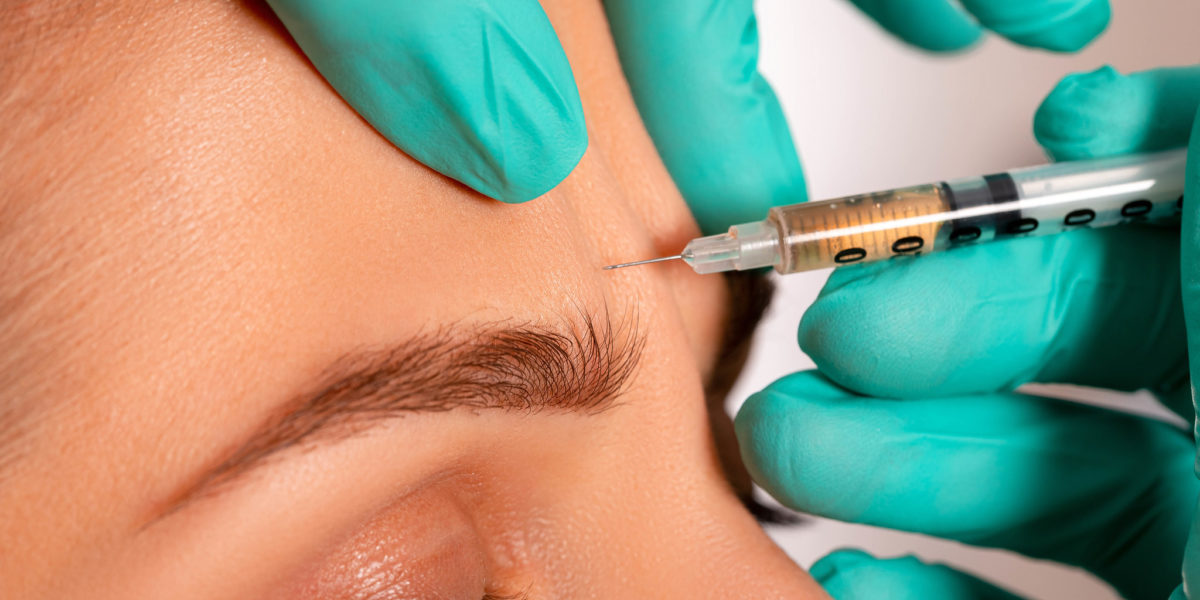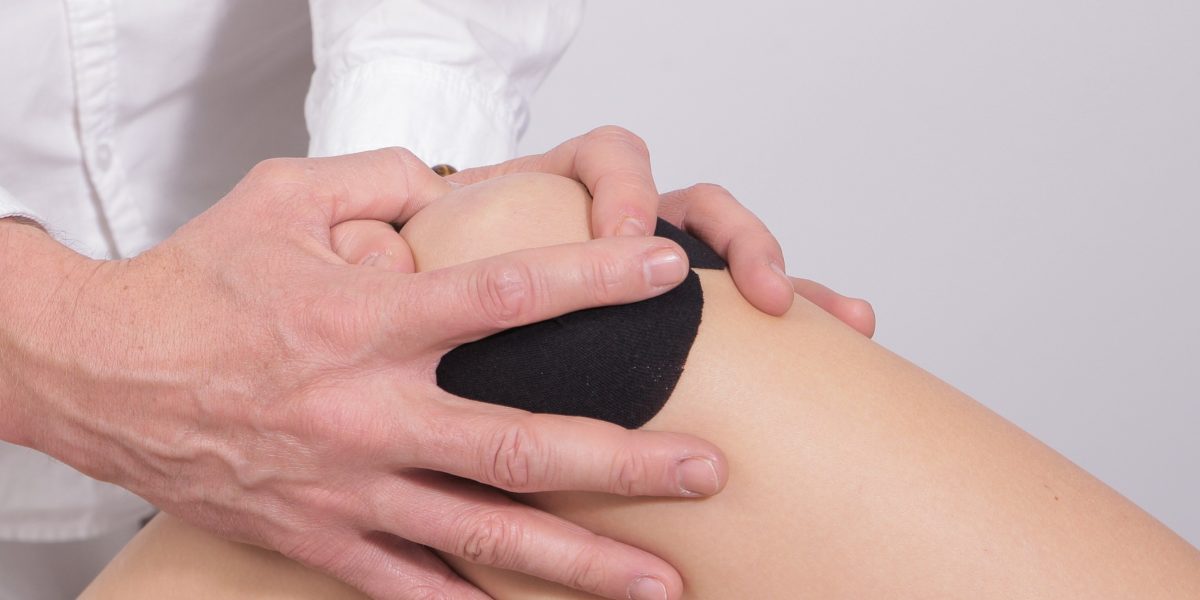The rate of living theory proposed by Max Rubner (1908) suggests that animals have a finite number of heartbeats till they die. The initial observation was that the large animals which have slower RHR (resting heart rate) live more than small animals which have faster RHR. Taylor (1980) explained this phenomenon with the “cost of generating force” hypothesis which suggests the amount of oxygen consumed by running animals is proportional to their weight. It was stated that producing one newton of force on the ground is more costly for smaller animals than for bigger ones because smaller animals must take shorter steps using faster, less economical muscle fibers than bigger animals do. Additionally, their larger area and volume ratio causes them to lose more heat. Therefore, small animals require more oxygen (per kg of body mass) to be delivered to the tissues in the body. However, the total number of heartbeats of most animals -large or small- tends to be approximately the same, around a billion, and humankind is stated as the exception with 2.24 billion heartbeats. Anyhow, if we consider it in terms of broad orders of magnitude, there does appear to be a tragic connection between living quickly and passing away soon for all species, large and small.
Read moreTag: aging
What Can Different Types of Facial Wrinkles Tell Us?

Few people enjoy having wrinkles. Some people spend a lot of time, money and efforts trying to reduce the wrinkles on their face, while others simply appreciate them as something naturally occurs with aging. Regardless, wrinkles are always associated with aging. However, if we look into what different types of wrinkles are and how they form, we will find that not all wrinkles are bad. Not all wrinkles are caused by aging, and not all wrinkles should be treated the same way. Here, we introduce different types of facial wrinkles categorized by plastic surgeon and their corresponding treatment.
Continue reading “What Can Different Types of Facial Wrinkles Tell Us?”Pressurized Vessels Supporting the Spine: Structure and Function of Intervertebral Discs
Back in 1989, it was estimated that about 2.5 million U.S. workers suffered from low back pain, and low back pain has even been talked about as one of the largest causes of disability in the world. Intervertebral disc degeneration is one of the most common reasons for low back pain in adults. In order to understand how disc degeneration occurs and causes pain, it is important to examine the structure and function of discs in the back.
Continue reading “Pressurized Vessels Supporting the Spine: Structure and Function of Intervertebral Discs”Runner’s Knee: Knee Pain Isn’t Just for Old People
Don’t knee problems only plague old people or people who have run for a lifetime? I questioned this when, for the seventh time in a row, my knee was hurting only a mile and a half into my run. I’m too young for this! However, a plethora of information suggests that knee pain is perhaps not so uncommon in younger runners and athletes as I thought.
Continue reading “Runner’s Knee: Knee Pain Isn’t Just for Old People”The Study of Snoring is Anything but Boring
Here we take a deeper look about that noise that plagues some of our family members, our roommates…or even ourselves!
Continue reading “The Study of Snoring is Anything but Boring”Muscle Loss Due to Aging
It is a well-known fact that as we get old, our bodies (sadly) deteriorate, leaving us unable to perform certain physical functions as easily as we could have when we were younger. In this article, the authors describe a study done to analyze muscle loss due to aging, primarily by examining two different age groups of humans. By conducting measurements on people over and under the age of 40 years, results show a clear difference in muscle mass and strength between the two.
Continue reading “Muscle Loss Due to Aging”




